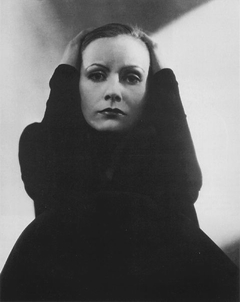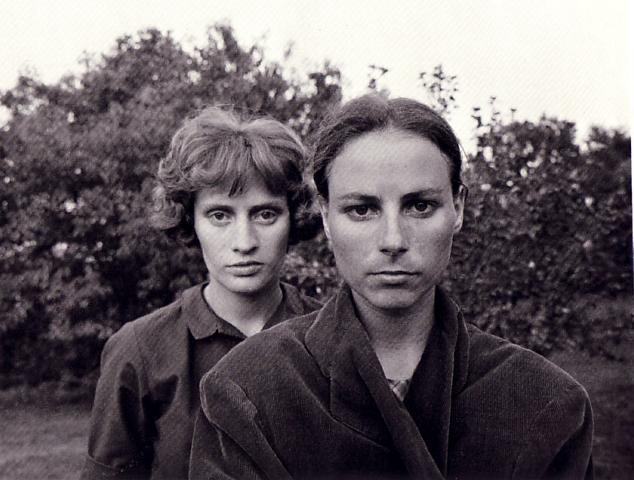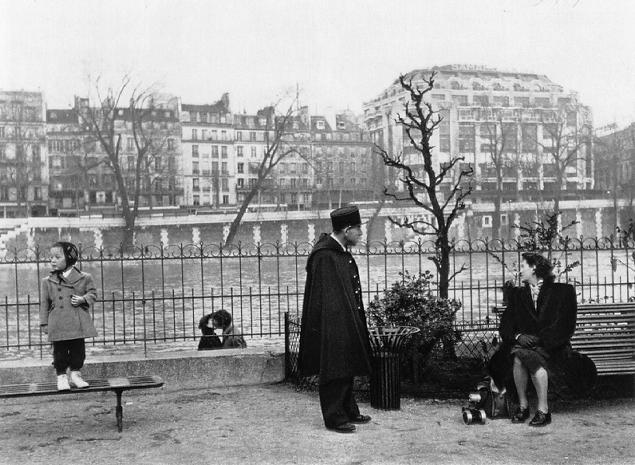Photography of people:
Portrait photography and Photographing the human condition.
The distinction between portraits and candids crosses over as we try to make informal portraits
or in the case where the candid subject reacts to the photographer.

Portrait photography can be described as the collaborative process between the photographer and the subject.
Portraits can be formal or informal, controlled within a studio or "on location."
Lighting may be artificially controlled and enhanced or you can take advantage of the "available light".
It is important to use light as a compositional element of your photographs.Build on what you learned in the directional light assignment to make images with strong lighting that fill the frame.
Portraits can have one subject or involve a whole group of people. The more subjects, the greater difficulty.
Photographing the human condition (candid photography) is a way to document lives and create a record of the world as you see it. Documentary photography usually involves a message or story related to the photographs. Photo-journalism is another example of documenting the human condition that is usually shared in some type of published document such as a newspaper or magazine. In most cases, this type of photograph does not involve the collaboration that exists in a portrait session.
The subject may not even be aware that you are including them in the photograph. "Street photography" involves capturing people in the environment, in their interactions with each other and their involvement with the world around them.
For this assignment you should shoot lots of images and carry your camera around so that you will be ready to capture images at any time.
- 1) Shoot multiple photographs of at least four different candid situations.
- 2) Shoot multiple exposures of at least four different posed situations.
- 3) From these exposures, you will submit six strong images for review. Three portraits and three of the human condition (candid)
- You should expose at least 100 images for this assignment
Remember all the skills you have learned so far. Fill the frame. Be careful with exposures. Use depth of field and selective focus to best advantage and remember... Lighting is important. Remember the directional light assignment. Also refer to your experience of composition - filling the frame and paying attention to line, shape and space. Use motion and depth of field to make your images stand out and be more interesting.
Refer to the Masters-of-photography web-site for other examples of work.

